11 "Healthy" Foods That May Be Secretly Sabotaging Your Blood Sugar
Eating mindfully is an act of self-care, especially when we’re striving for vibrant energy and lasting well-being. Many of us proudly reach for foods that boast wholesome labels, thinking we’re doing the right thing for our bodies and blood sugar. With so many products promising to be “healthier,” “natural,” or “light,” it’s easy to believe we’re on the right track. But sometimes those seemingly virtuous choices quietly work against us—especially when it comes to keeping blood sugar steady. That’s no cause for guilt or frustration. The truth is, food marketing can make it tricky to spot hidden sugars, ultra-processed ingredients, or clever labels that mask what’s really inside. You’re not alone if you’ve ever felt confused or led astray. Today, let’s empower ourselves with ease—not stress—by unveiling the “healthy” foods that research shows may secretly undermine blood sugar balance. Backed by nutrition science and thoughtful expertise, this list gently debunks myths while offering simple swaps for your next meal or snack. Because small, mindful changes can make all the difference in feeling energetic, focused, and confident at every stage of life.
1. Ultra-Processed "Health" Foods (Protein Bars & Plant-Based Alternatives)
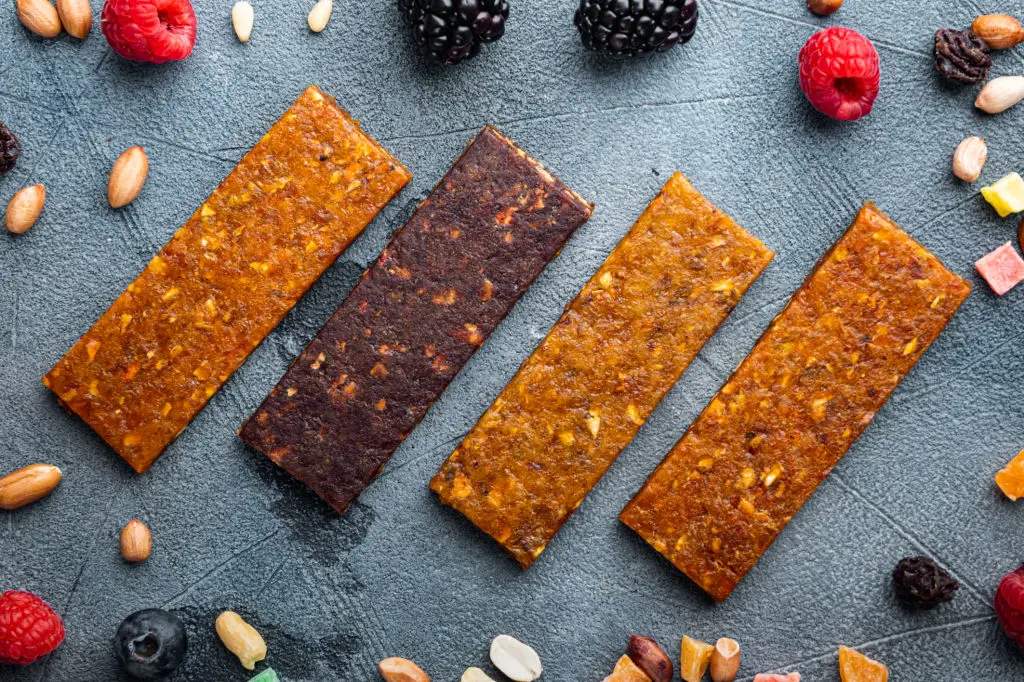
Modern grocery aisles are packed with protein bars, plant-based burgers, and snack packs that seem made for nutritious, on-the-go living. Their colorful packaging might shine promises like “heart-healthy” or “naturally powered”—but what’s inside tells a different story. Most of these convenience foods fall under the “ultra-processed” category, packed with flavor enhancers, sweeteners, and starchy fillers. According to the CDC, more than half of the average adult’s daily calories come from ultra-processed foods. Dr. Matthew Landry, PhD, RDN, explains, “Ultra-processed foods are made to taste really good, so that can lead to consuming more than what’s considered healthy.” Even so-called “healthy” bars or meat substitutes often sneak in as much sugar as a candy bar, plus refined grains that trigger rapid glucose spikes. It’s understandable to reach for these quick fixes when life gets busy—after all, we’re all looking for nutritious support wherever we can find it. But if you’re watching your blood sugar, try swapping prepackaged snacks for whole-food options like a handful of unsalted nuts, a boiled egg, or veggies with hummus. These choices truly nourish and help maintain smoother energy.
2. High-Sugar Smoothies & Juices
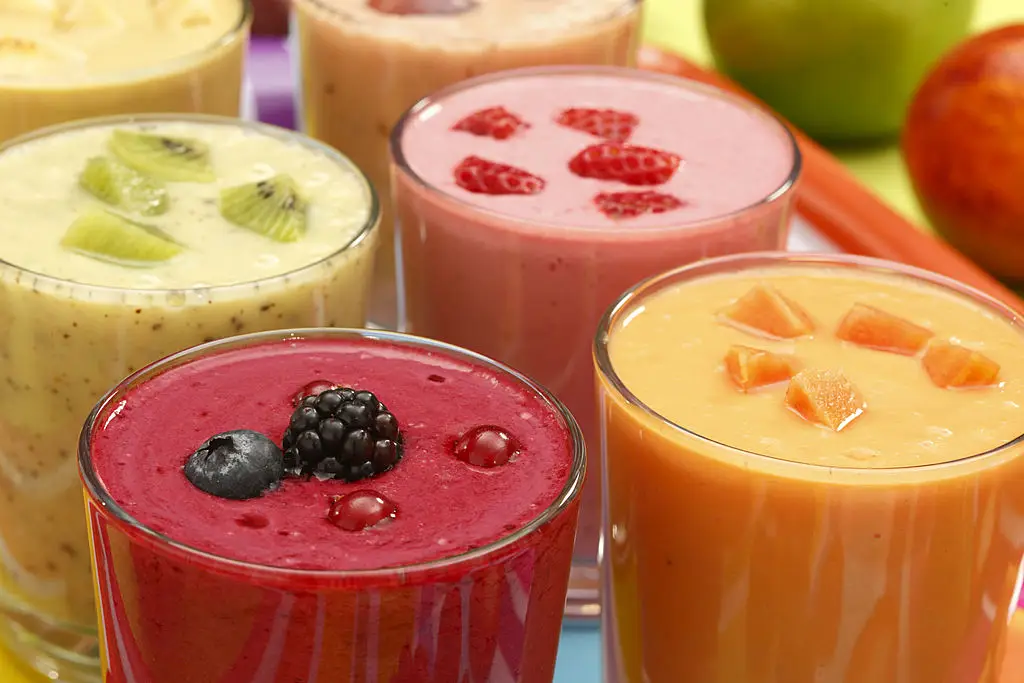
Fruit smoothies and cold-pressed juices seem like a natural way to fuel your day or recover after exercise. But when these drinks come from a bottle—or even a blender loaded with syrups or concentrates—they can easily pack as much sugar as a can of soda. Dr. Miranda Chen notes, “Many of my clients are shocked when they discover their ‘healthy’ smoothie contains more sugar than a candy bar.” Commercial options can contain 40 to 60 grams of sugar—far more than most realize. That sugar is absorbed quickly, causing insulin to spike and energy to crash soon after. If your go-to beverage leaves you hungry shortly after, you’re not alone. To support stable blood sugar, opt for homemade smoothies using plain Greek yogurt, fiber-rich berries, and a handful of leafy greens. Or, when you want juice, dilute 100% fruit juice with sparkling water and enjoy it alongside a balanced meal or snack. The key is savoring the natural sweetness of whole fruit, while keeping portions reasonable and fiber high to slow absorption.
3. Flavored Yogurts & Dairy-Free Yogurts
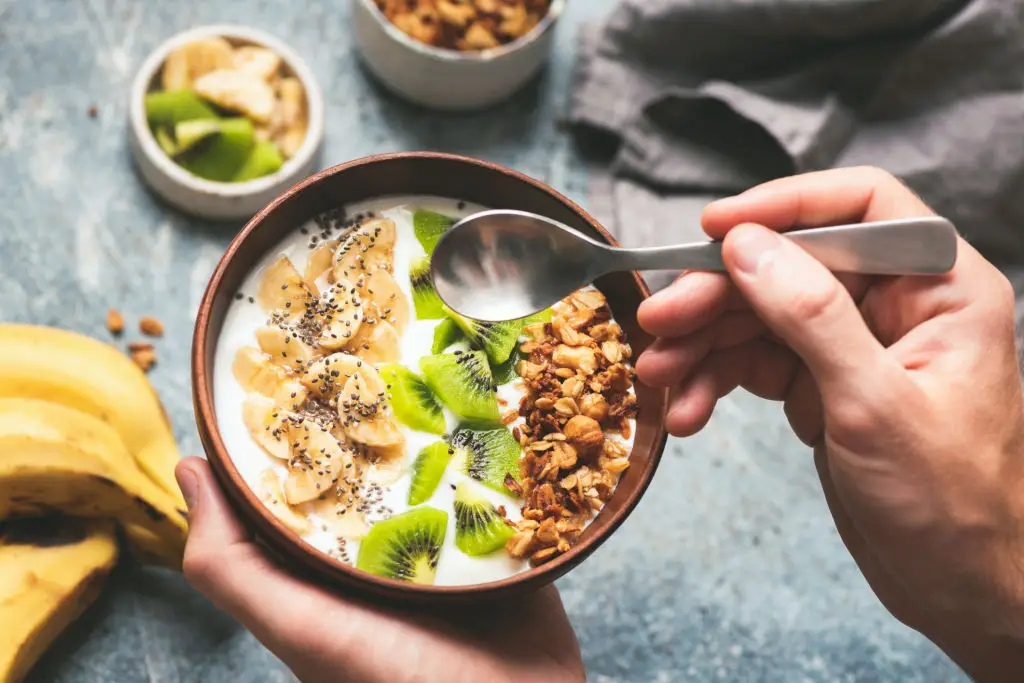
Flavored yogurts—both dairy-based and plant-based—are everywhere, often hailed as easy, healthy breakfast or snack solutions. While yogurt itself provides valuable protein and probiotics, many supermarket varieties mask up to 20 grams (the equivalent of five teaspoons) of added sugar per serving. This sugar is often added to compensate for “low-fat” or “dairy-free” branding, making the texture and taste more appealing. These products, though convenient, can undermine blood sugar balance just as much as more obvious indulgences. Instead, choose plain Greek yogurt or unsweetened coconut yogurt, then add your own fresh fruit, cinnamon, or chopped nuts for flavor and satiety. Not only do you gain control over sugar content, but you’ll also enjoy a slower, more satisfying energy boost—all while supporting gut and metabolic health.
4. Granola & Snack Bars
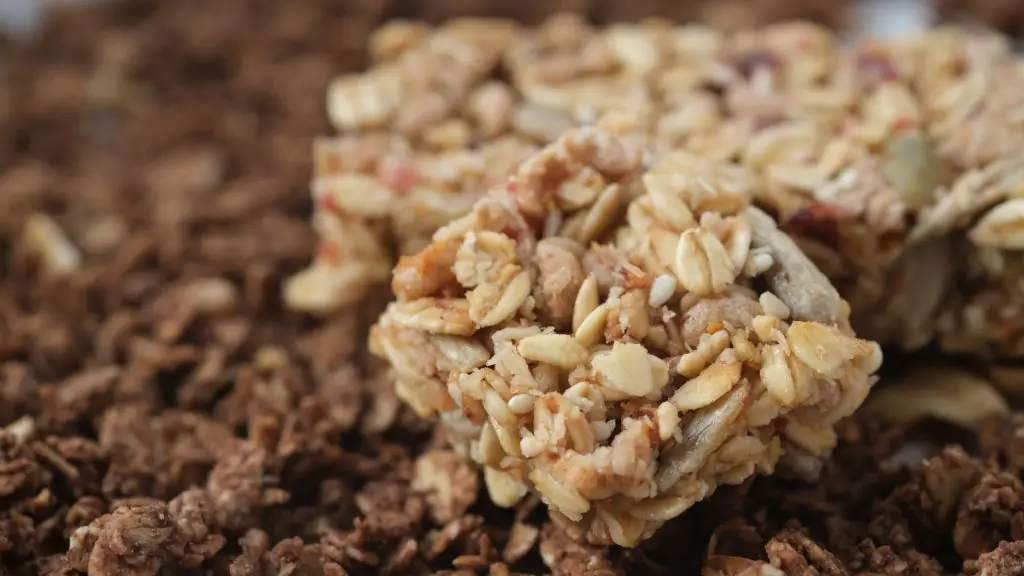
A granola or energy bar can look like a wholesome meal-in-your-pocket. Clever labels tout “oats,” “nuts,” and “protein,” luring us with their promise of steady energy. Yet, as Dr. James Wilkins points out, “The ‘health halo’ often leads us to overlook the fact that many bars contain as much sugar and fat as a candy bar.” Add to that syrups, palm oils, and a list of unpronounceable preservatives, and it’s clear these snacks don’t always measure up. The rush from a sugary bar fades quickly, often leaving you hungrier than before. For a more supportive alternative, try making a quick trail mix with raw nuts, unsweetened dried fruit, and a few dark chocolate chips. Or, pair apple slices with a spoonful of natural nut butter. These swaps are gently supportive of both your cravings and your blood sugar, delivering naturally occurring fiber, protein, and satisfaction in every bite.
5. Artificial Sweeteners & Diet Foods
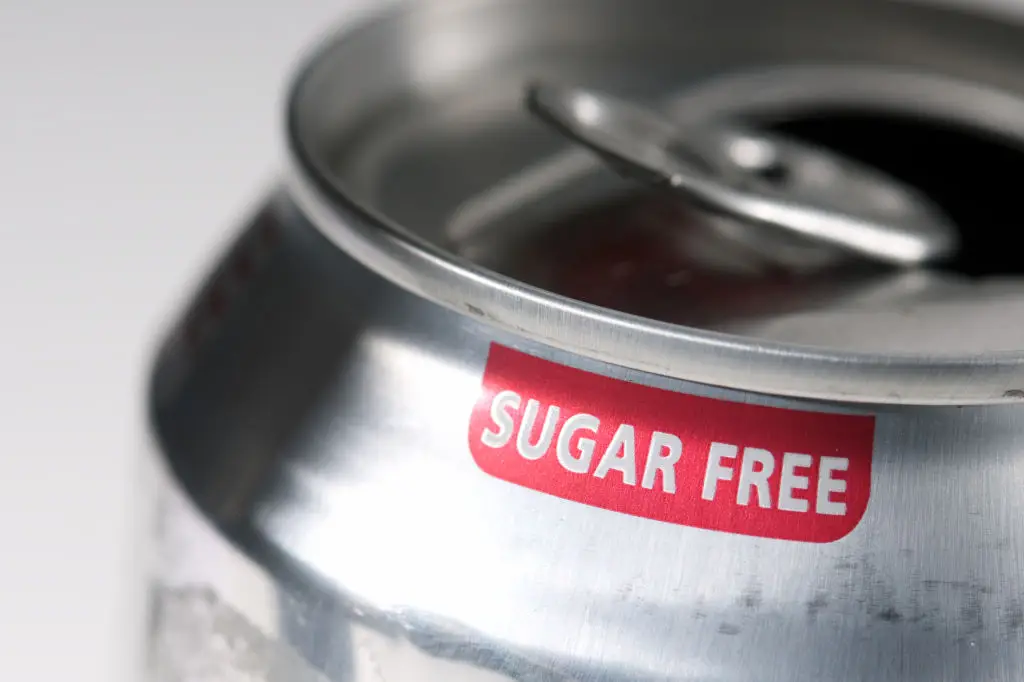
Zero-calorie sodas, diet yogurts, and sugar-free candies offer the illusion of a guilt-free treat. Marketers assure us that “nothing will happen” blood sugar-wise. Yet recent research and real-life stories show that artificial sweeteners can disrupt the body’s hunger cues by confusing the brain and gut, often increasing cravings and sometimes spiking insulin through other hormonal pathways. Case studies reveal some people lose weight and curb cravings after saying goodbye to diet sodas, not because of the calories saved, but by breaking cycles of heightened hunger. There’s no need to avoid treats entirely—but rethinking diet versions may bring more peace than pressure. Swap a midday soda with a glass of water flavored by lemon, berries, or a splash of juice. For those who appreciate bubbles, unsweetened sparkling water satisfies the urge and hydrates without unwanted surprises.
6. "Whole-Wheat" or Multigrain Bread/Crackers
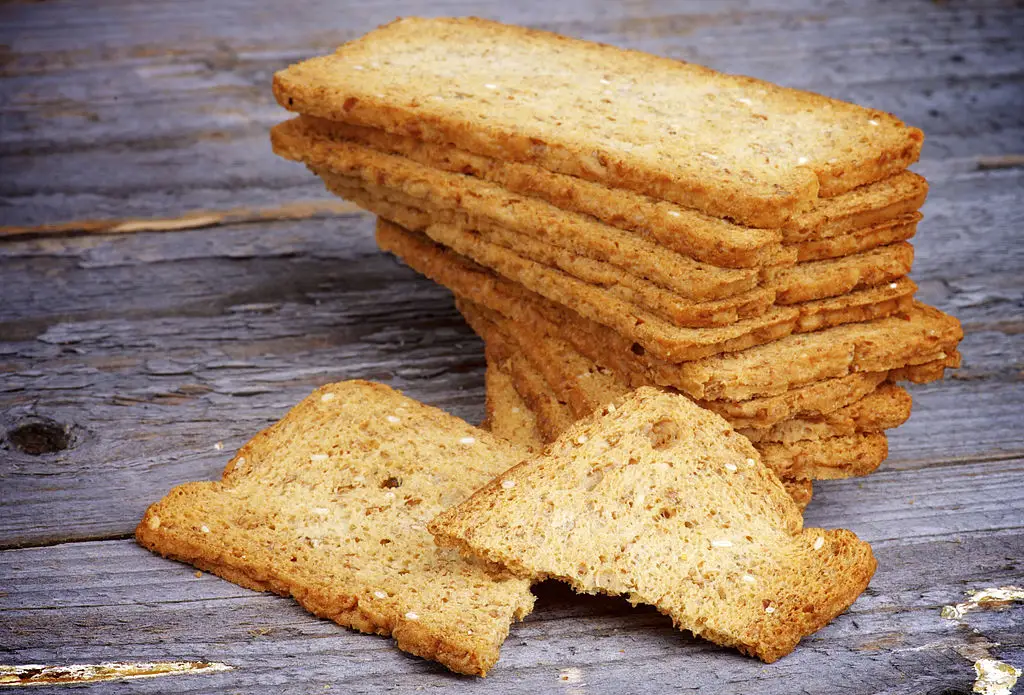
It’s easy to believe that anything labeled “whole wheat” or “multigrain” is automatically better for you. But many popular breads and crackers are crafted mostly from refined flour, dyed brown or topped with seeds for a healthier appearance. These products often contain minimal real whole grains and little fiber, so the carbohydrates break down fast and can spike blood sugar just like white bread. The good news? True 100% whole-grain or sprouted grain varieties—listed first on the ingredient panel—digest more slowly, giving you longer-lasting, steady energy. Pair them with a smear of natural nut butter or avocado for healthy fats and satiety. A little label diligence can go a long way in unmasking what your “healthy” bread or cracker choice really offers.
7. Gluten-Free Packaged Foods
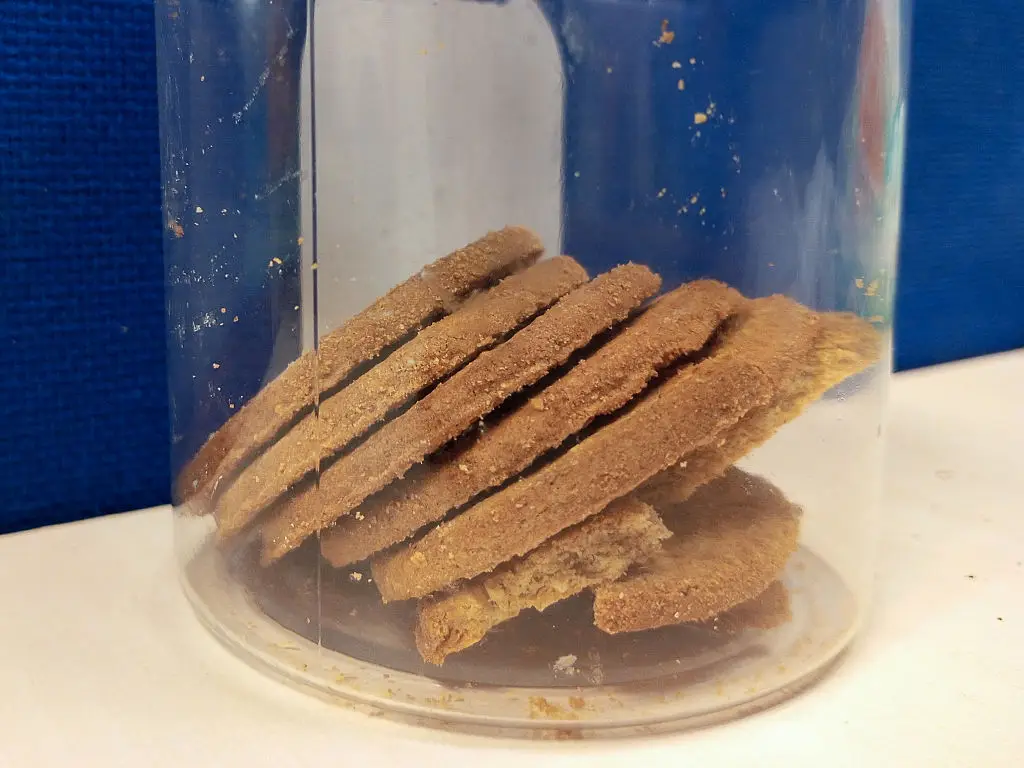
For those managing celiac disease or gluten sensitivities, gluten-free options are essential. But for others, gluten-free packaged snacks and baked goods may seem healthier when, in fact, they often swap wheat for white rice or potato starch—ingredients that lack fiber and spike blood sugar more quickly. Manufacturers compensate for texture and taste with added sugars, resulting in snacks that can destabilize energy if eaten regularly. If you don’t have a medical reason to avoid gluten, there’s no need to default to gluten-free cookies or crackers. Instead, choose naturally gluten-free whole grains like quinoa, brown rice, or millet, and round out snacks with veggies, nuts, or cheese. Making these gentle shifts means your food is working with you, supporting balanced energy and resilience.
8. Dried Fruit
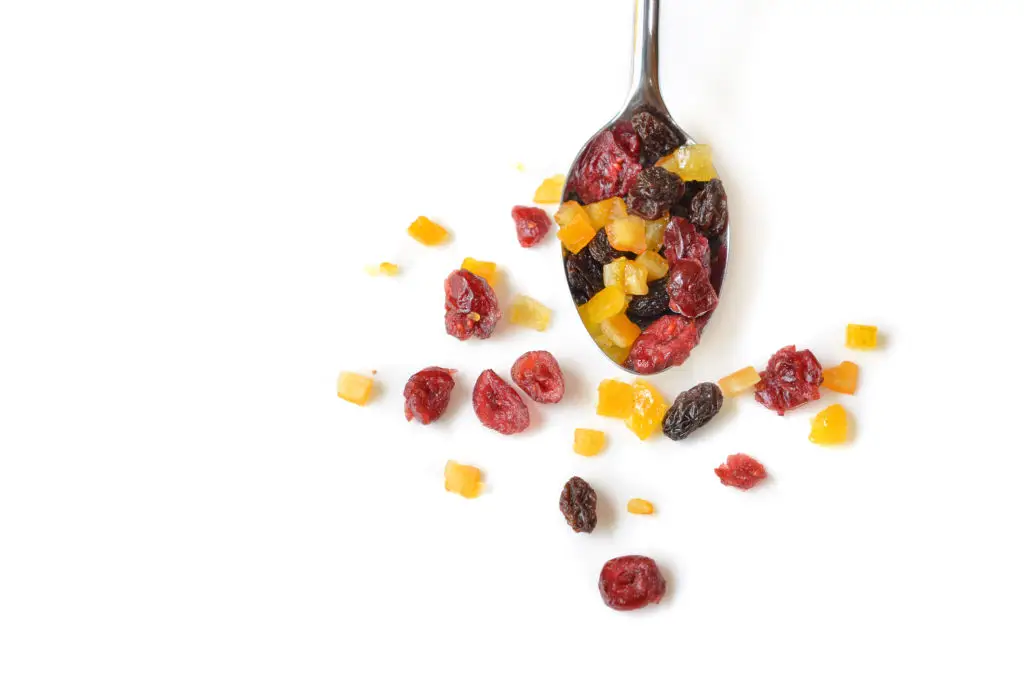
Dried fruit can feel like an easy shortcut to getting your “five a day,” but it can quickly stack up concentrated sugar in a small space. With water removed, the sugars become intensely sweet, and it’s easy to overeat—sometimes consuming the sugar equivalent of a handful of candy all at once. Raisins, dried cranberries, or bananas may sound pure, but often come with added sugars too. If dried fruit is your snack of choice, keep portions moderate and pair with nuts or seeds for added fiber and healthy fats. Even better, reach for a serving of fresh fruit, where the water content and fiber help slow absorption and keep you fuller longer. Freeze-dried fruit (with no added sugar) is another handy, portable alternative for a gentle treat.
9. Rice Cakes & Popcorn Snacks
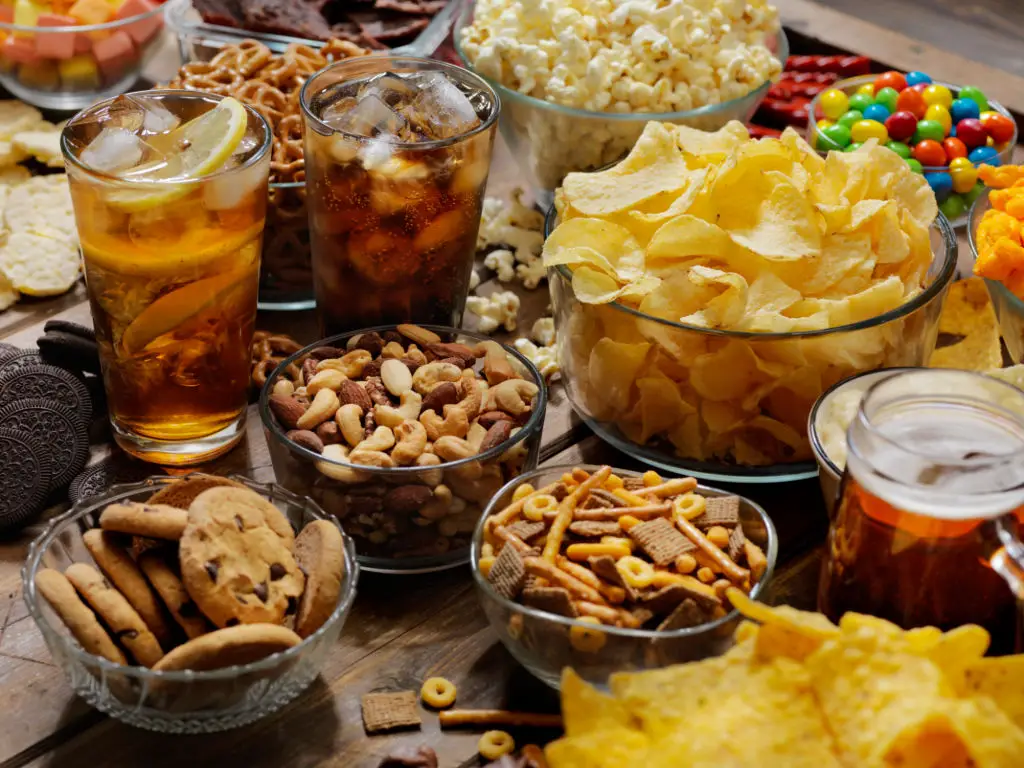
If you’ve ever crunched down on a rice cake or popped a bag of popcorn as a light snack, you’re in good company—these foods have long been diet staples. Still, both rice cakes and certain popcorn snacks are made mostly of quickly digested starch, with little protein or fat. This combination sends blood sugar swiftly upward and doesn't provide the lasting fullness many of us are seeking. For a steadier option, try air-popped popcorn sprinkled with nuts or pumpkin seeds, or reach for whole-grain crackers topped with a sliver of cheese or nut butter. These small additions slow down absorption, lend satisfying crunch, and transform your snack into a steady, feel-good ally.
10. Agave Syrup & "Natural" Sweeteners
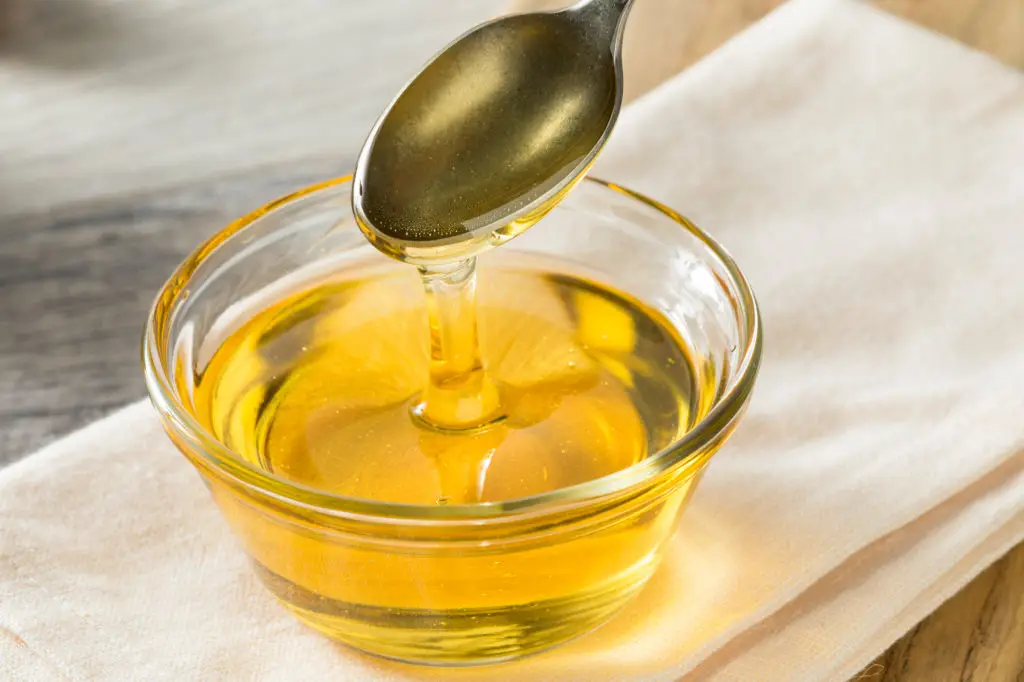
Agave nectar, honey, coconut sugar, and other “natural" sweeteners are popular in wellness circles, often marketed as better for blood sugar than white sugar. But while agave may have a slightly lower glycemic index, its high fructose content has been shown to drive unwanted insulin responses, especially for those sensitive to blood sugar swings. Nutritionists remind us: our body responds to all added sugars with a similar metabolic pattern. For a sweeter life without the spikes, season oatmeal, yogurt, or baked goods with warming spices like cinnamon, nutmeg, or vanilla. Fresh or frozen fruit is another way to add gentle sweetness while providing the fiber you need to keep blood sugar steady. It’s all about balance, not rigid avoidance—little swaps here and there can bring about more serene, delicious wellness.
11. Store-Bought Salad Dressings
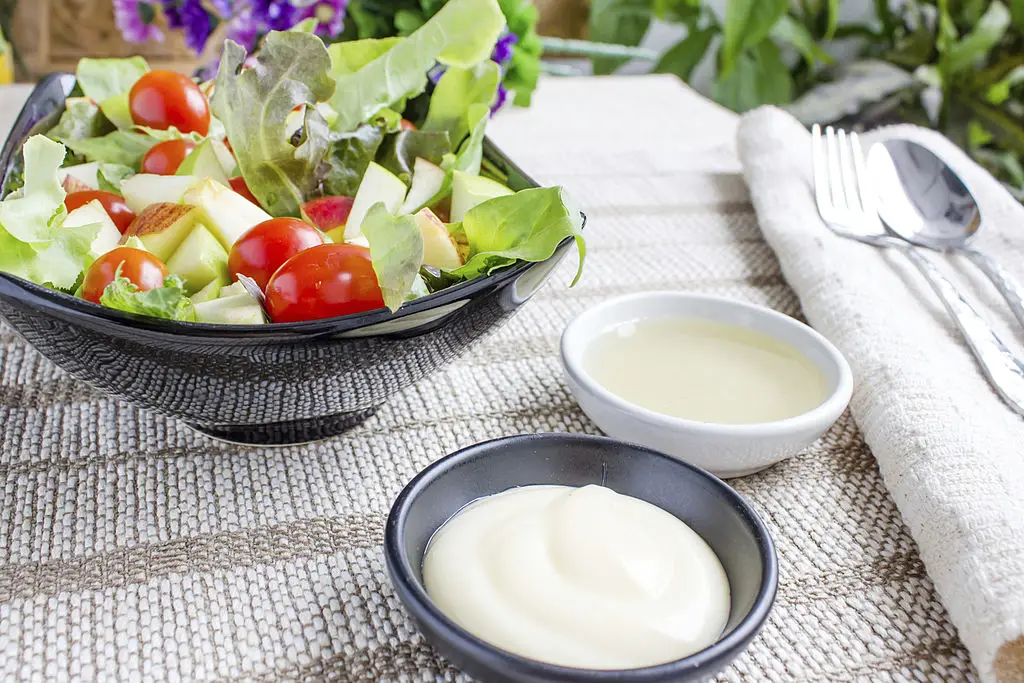
Tossing together a salad seems like the very definition of healthy eating, but the bottled dressings poured on top may hide more sugar than you’d expect. Even those labeled “light” or “reduced fat” often compensate for flavor by adding sugar in the form of corn syrup, honey, or fruit juice concentrate. Sometimes, a few tablespoons can add several grams of sugar—and hundreds of calories—to your meal. Making your own simple dressing is both easy and rewarding. A splash of extra virgin olive oil paired with vinegar, fresh lemon, herbs, or creamy avocado creates flavor without the hidden sugar spike. If you do choose store-bought, scan the label for added sugars and aim for whole, simple ingredients. Supporting your blood sugar can be just as enjoyable—and delicious—with every pour.
Finding Balance—Your Blood Sugar Journey Is Worth Celebrating
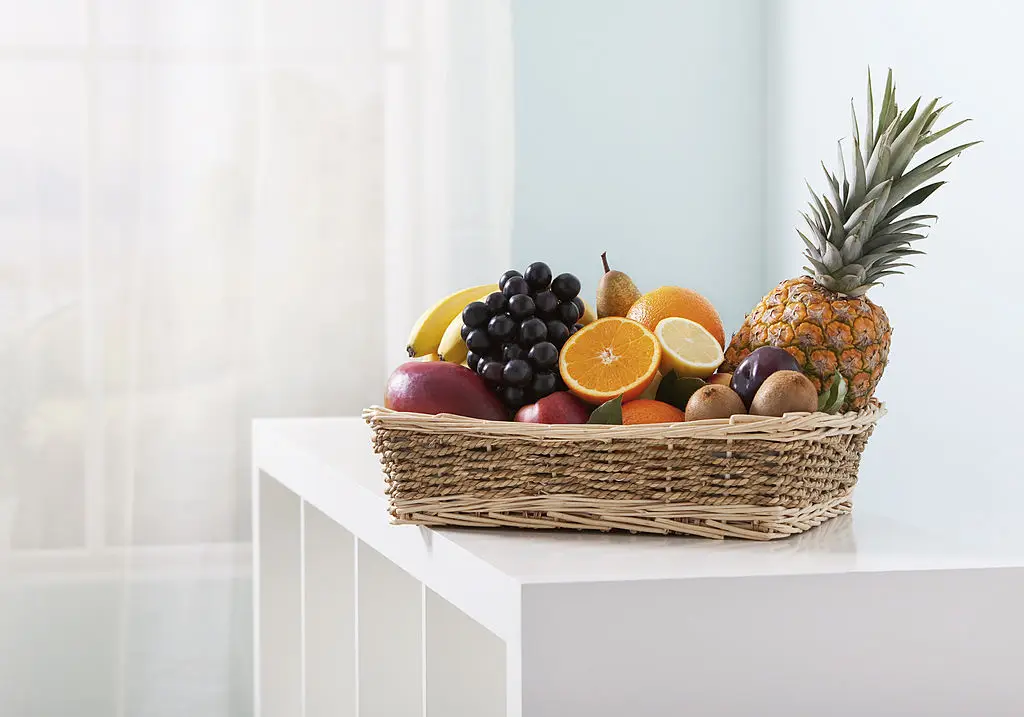
Uncovering the truth about “healthy” foods is not about feeling deprived or policing every bite. Instead, it’s a gentle act of awareness—a way of nurturing your body’s unique needs and respecting the energy you want to bring into every day. With each mindful choice, you offer yourself compassion, confidence, and the space to grow stronger, rather than striving for unrealistic perfection. Remember: every day brings new opportunities for progress and self-kindness. Swapping out a sugar-loaded snack for a whole-food alternative, savoring the simple pleasure of a homemade salad dressing, or reading a label a little more closely—all of these are small wins worth celebrating. Your commitment to learning, adapting, and choosing foods that serve your energy is something to be proud of. After all, supporting your blood sugar isn’t just about what’s on your plate—it’s about honoring your health journey, your wisdom, and the vibrant life you deserve. You are already doing your best, and that’s the perfect place to begin.
